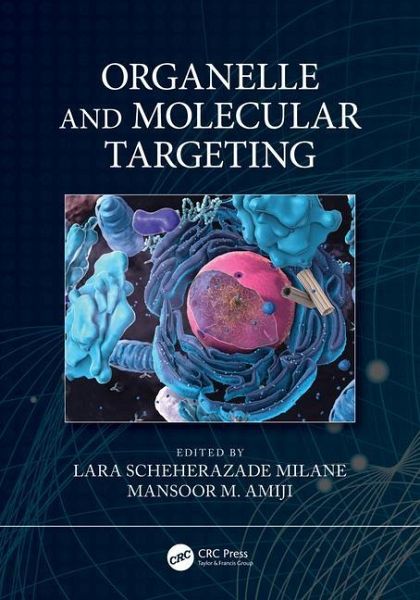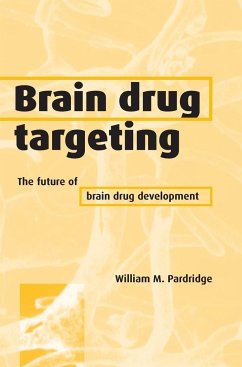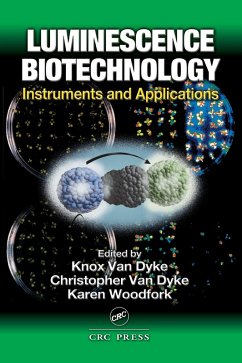
Organelle and Molecular Targeting

PAYBACK Punkte
146 °P sammeln!
We have surpassed the omics era and are truly in the Age of Molecular Therapeutics. The fast-paced development of SARS-CoV-2 vaccines, such as the mRNA vaccines encoding the viral spike protein, demonstrated the need for and capability of molecular therapy and nanotechnology-based solutions for drug delivery. In record speed, the SARS-CoV-2 viral RNA genome was sequenced and shared with the scientific community, allowing the rapid design of molecular therapeutics. The mRNA vaccines exploit the host cell endoplasmic reticulum to produce viral spike proteins for antigen presentation and recognit...
We have surpassed the omics era and are truly in the Age of Molecular Therapeutics. The fast-paced development of SARS-CoV-2 vaccines, such as the mRNA vaccines encoding the viral spike protein, demonstrated the need for and capability of molecular therapy and nanotechnology-based solutions for drug delivery. In record speed, the SARS-CoV-2 viral RNA genome was sequenced and shared with the scientific community, allowing the rapid design of molecular therapeutics. The mRNA vaccines exploit the host cell endoplasmic reticulum to produce viral spike proteins for antigen presentation and recognition by the innate and adaptive immune system. Lipid nanoparticles enable the delivery of the fragile, degradation-sensitive nucleic acid payloads. Molecular-based therapeutics and nanotechnology solutions continue to drive the scientific and medical response to the COVID-19 pandemic as new mRNA, DNA, and protein-based vaccines are developed and approved and the emergency use approved vaccines are rapidly manufactured and distributed throughout the globe. The need for molecular therapies and drug delivery solutions is clear, and as these therapies progress and become more specialized there will be important advancements in organelle targeting. For example, using organelle targeting to direct lipid nanoparticles with mRNA payloads to the endoplasmic reticulum would increase the efficacy of mRNA vaccines, reducing the required dose and therefore the biomanufacturing demand. Likewise, improving the delivery of DNA therapeutics to the nucleus would improve efficacy. Organelles and molecules have always been drug targets, but until recently we have not had the tools or capability to design and develop such highly specific therapeutics. Organelle targeting has far-reaching implications. For example, mitochondria are central to both energy production and intrinsic apoptosis. Effectively targeting and manipulating mitochondria has therapeutic applications for diseases such as myopathies, cancer, neurodegeneration, progerias, diabetes, and the natural aging process. The SARS-CoV-2 vaccines that exploit the endoplasmic reticulum (for mRNA vaccines) and the nucleic translational process (DNA vaccines) attest to the need for organelle and molecular therapeutics. This book covers the status, demand, and future of organelle- and molecularly targeted therapeutics that are critical to the advancement of modern medicine. Organelle and molecular targeting is the drug design and drug delivery approach of today and the future; understanding this approach is essential for students, scientists, and clinicians contributing to modern medicine.













